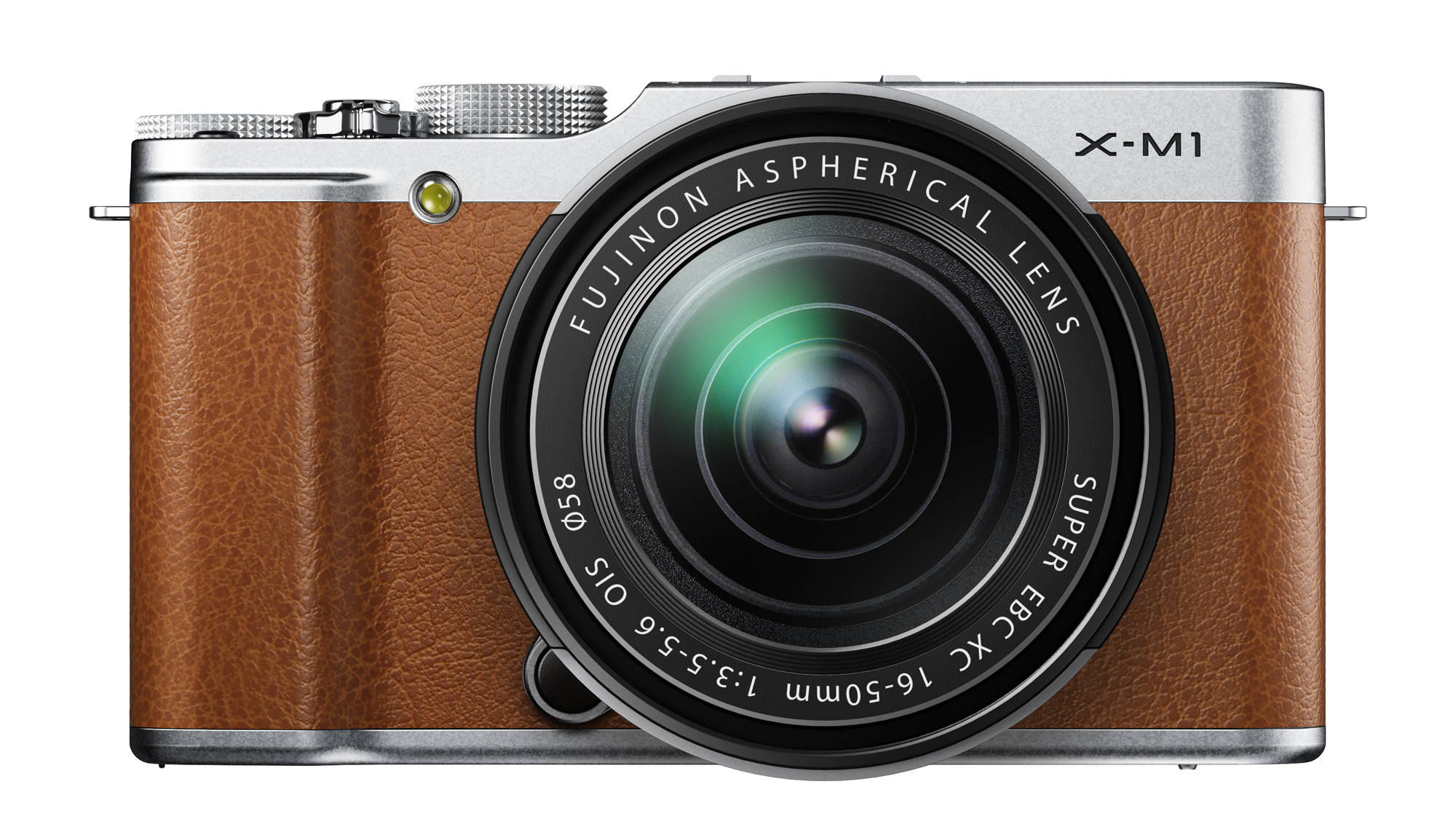Why you can trust TechRadar
There's plenty to like about the Fuji X-M1, and it's good to see Fuji thinking about a more mass market audience by introducing a more affordable model. That said, this is only more affordable by Fuji's terms, so you're still looking at an entry-level model with not much change from £700 / US$800 / AU$1,000 - significantly more than the price of its competitors such as the excellent Sony NEX-3N, which you can now pick up for around £330 / US$500 / AU$500.
Fujifilm will also have a tough time competing with the likes of Olympus and Panasonic, which have been in this area of the market for longer and so have more, and cheaper, optics available. There's also other accessories, such as a viewfinder, which are conspicuous by their absence.
Although the tilting LCD screen has a nice high resolution and doesn't suffer too badly from glare or reflections, we can't help but be disappointed by the lack of a touchscreen on this camera - especially at this price point.
Putting those niggles aside, image quality from the Fuji X-M1 is undeniably fantastic. Detail is resolved incredibly well, while colours are bright and punchy without suffering from over saturation.
It's good to have different film simulation modes to experiment with, with Velvia being a particular favourite if you need to boost colour and contrast for any reason. It's useful to be able to shoot in raw format with these so that you can access a clean version of the image if you need it.
It's disappointing therefore that the digital filters available in the 'Advanced' mode are so few, and unavailable in raw format. We'd like to see more experimentation with this in future from Fuji, please.
The Fuji X-M1's low light performance is also good, as we've come to expect from the Fuji X-Pro1's sensor, so if you like to photograph a lot in these conditions, this camera is a worthy contender for your cash.
We liked
Fuji has once again pulled a design classic out of the bag, producing something that manages to combine classic retro looks with everything you need for excellent picture taking as well as an extremely useful tilting screen.
We disliked
The Fuji X-M1 has no viewfinder - and no optional extra - available, while the screen isn't touch sensitive. Other manufacturers offer these kind of things, without the high price tag.
Final verdict
When it comes to shopping for a camera like this, although image quality is good, appearance is still very important. If you're willing to part with a large chunk of change in return for something that looks beautiful but still delivers in the image quality department, then you'll no doubt be pleased with the Fuji X-M1.
If, however, you're looking for your first camera in the interchangeable lens category, and you're on a budget, this wouldn't be our first recommendation.
Although Fuji's lens and accessory range is limited for the moment, it is growing, and we're hopeful that it will continue to grow. It's nice to see Fuji thinking about mass market consumers, and we can hope that the price of the Fuji X-M1 will drop to enable it to compete more closely with rivals from Sony, Panasonic and Olympus.
Amy has been writing about cameras, photography and associated tech since 2009. Amy was once part of the photography testing team for Future Publishing working across TechRadar, Digital Camera, PhotoPlus, N Photo and Photography Week. For her photography, she has won awards and has been exhibited. She often partakes in unusual projects - including one intense year where she used a different camera every single day. Amy is currently the Features Editor at Amateur Photographer magazine, and in her increasingly little spare time works across a number of high-profile publications including Wired, Stuff, Digital Camera World, Expert Reviews, and just a little off-tangent, PetsRadar.

